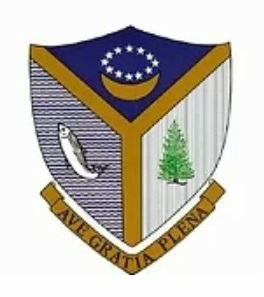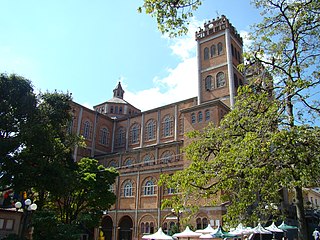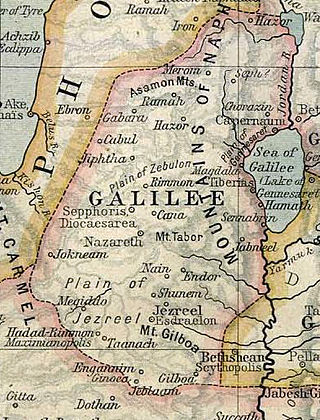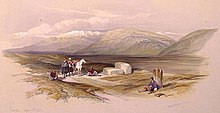Aprus or Apros, also Apri or Aproi (Ἄπροι), was a town of ancient Thrace and, later, a Roman city established in the Roman province of Europa.

Ermenek is a town in Karaman Province in the Mediterranean region of Turkey. It is the seat of Ermenek District. Its population is 11,629 (2022). As ancient Germanicopolis, a former bishopric, it remains a Latin Catholic titular see.

The Roman Catholic Archdiocese of Kingston is a Latin Catholic archdiocese that includes part of the federal Province of Ontario in southeastern Canada.

The Diocese of Peterborough is a Latin Church ecclesiastical territory or diocese of the Catholic Church in Ontario, Canada. It is a suffragan in the ecclesiastical province of the metropolitan Archdiocese of Kingston, Ontario.

The Archdiocese of Shkodër–Pult, historically known as Scutari, is one of two Metropolitan archdiocese of the Latin Church of the Catholic Church in Albania.

Patriarch Moran Mor Anthony III Peter Khoraish, , was the 75th Maronite Patriarch of Antioch and the Whole Levant from 1975 until his resignation in 1986, and a cardinal of the Catholic Church. He died on August 19, 1994.

The Roman Catholic Diocese of Grand Falls is a Latin suffragan in the Atlantic Canadian ecclesiastical province of the Metropolitan Archdiocese of St. John's, Newfoundland.

The Archdiocese of Monaco is an exempt Latin ecclesiastical territory or archdiocese of the Catholic Church in Monaco, directly subject to the Holy See, not part of any ecclesiastical province.

The Archdiocese of Strasbourg is a Latin Church ecclesiastical territory or archdiocese of the Catholic Church in France, first mentioned in 343 AD.

The Diocese of Jericó is a Latin Church ecclesiastical territory or diocese of the Catholic Church in Western Colombia. It is a suffragan diocese in the ecclesiastical province of the metropolitan Archdiocese of Medellín.

The Archdiocese of Niteroi (Nictheroy) (Latin: Archidioecesis Nictheroyensis) is a Latin Church ecclesiastical territory or archdiocese of the Catholic Church in the city of Niterói in Rio de Janeiro state, southeast Brazil. It is a metropolitan see.

Arsuz is a municipality and district of Hatay Province, Turkey. Its area is 462 km2, and its population is 101,233 (2022). It covers the southwestern part of the agglomeration of İskenderun and the adjacent countryside and coast. In ancient times, it was known as Rhosus and was a former bishopric and titular see.

Ptolemais was an ancient port city on the Canaanite coast in the region of Palestine, in the location of the present-day city of Acre, Israel. It was also called Ptolemais in Canaan. It was an Ancient bishopric, which became a double Catholic titular see.
The Roman Catholic Diocese of La Canea or Cidonia was a bishopric on Crete, with see at present Chania, and afterward was twice a Latin titular see.
The Roman Catholic Archdiocese of Ohrid was a Latin Catholic archdiocese, suppressed in the 1700s, and is now a titular see, at modern Ohrid in North Macedonia.
Ibrahim Hélou was a Lebanese eparch of the Maronite Catholic Eparchy of Sidon.
The Diocese of Norcia was a Latin Church diocese of the Catholic Church which existed twice. Both times, the episcopal see was in Norcia in the modern Perugia Province, Umbria region of central Italy.
Tenedos or Bozcaada is an island, former bishopric and Latin Catholic titular see of Asian Turkey in the northeastern part of the Aegean Sea.
Diocese of Nyssa is a titular see in the Eastern Orthodox Church and the Roman Catholic Church.















